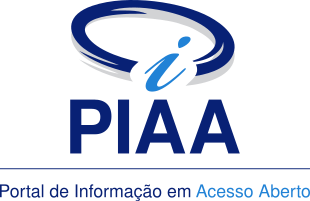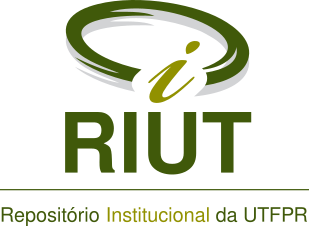Multivariate calibration applied in UV-Vis spectroscopy data to determine total acidity in wines
Resumo
Classical methods, as titration to evaluate acidity, bring disadvantage to waste generation and mainly time consumption. Therefore, is necessary to develop an alternative methodology for measuring total acidity of wine samples. The Ultraviolet and Visible spectrophotometric technique can be introduced in the industry to monitoring this parameter because it enables rapid and efficient analysis without waste generation. Thereby, in this study were developed multivariate calibration models using the Partial Least Squares (PLS) regression between the UV-Vis spectra of wines and total acidity values determined by the reference method. The figures of merit for the models were Root Mean Squared Error of Calibration (RMSEC), Root Mean Squared Error of Prediction (RMSEP) and correlation coefficient (R). To the white wines, the model obtained showed RMSEC and RMSEP of 5.87 meq L-1 and 6.58 meq L-1, respectively. To the red wines, the model presented RMSEC 0.71 meq L-1 and RMSEP 6.93 meq L-1. Both models presented correlation coefficient of 0.71. A paired t-test showed no significant difference between titration and spectrophotometric methods at a confidence level of 95%. Therefore, the advantages offered by the UV-Vis method are attractive to industrial requirements, suggesting that studies focused on optical methods and multivariate calibration can be interesting and deserve to be observed in further studies.
DOI: 10.14685/rebrapa.v6i1.193
Palavras-chave
Texto completo:
PDFDOI: 10.14685/rebrapa.v6i1.193
Apontamentos
- Não há apontamentos.
Direitos autorais





